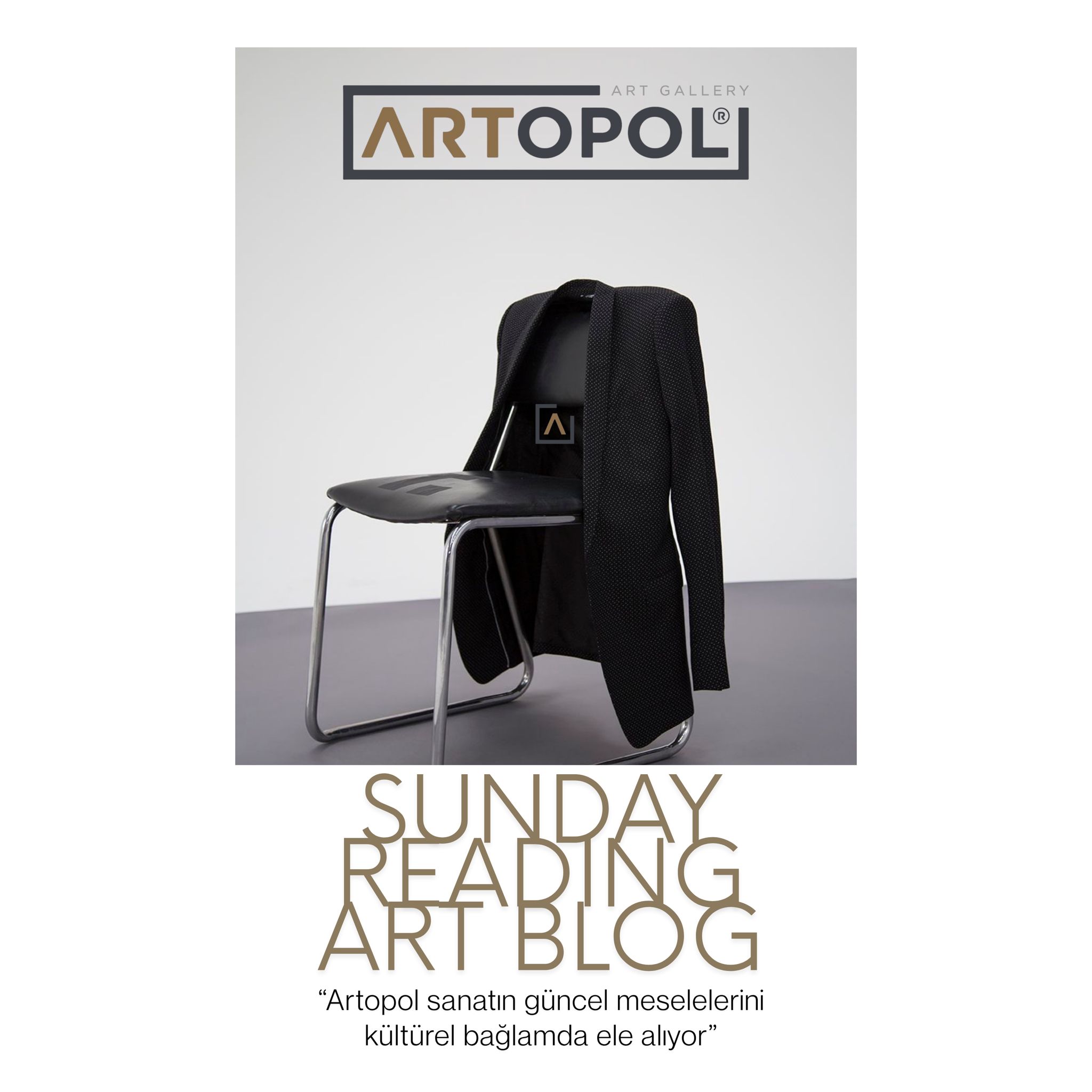Among contemporary sculptors, one of the most renowned names is Lorenzo Quinn. The master sculptor's works are exhibited in dozens of countries. He himself is a global citizen. Living in Barcelona, Spain, Quinn studied and graduated from the Academy of Fine Arts in the United States. His works continue to be exhibited around the world.
Lorenzo Quinn: Life and Works
The sculptor has completed many projects with his distinctive style and achieved great success. Although details will be provided later, his most eye-catching works are sculptures featuring objects such as a car or the world held by large hands. In one of his earliest works, a giant hand holding a Fiat car, inspired by children playing with cars, drew considerable attention and remains one of his most famous pieces.
Many artists have objects that inspire them. They place these objects at the center of their lives and shape their works around them. This object can be walls, the sky, or the face of a woman they admire. For the famous sculptor Quinn, the object that inspired and centered his art is the hand. He has prominently featured large and small hands in many of his works.
Now, let's briefly discuss the artist's life. Born on May 7, 1966, in Rome, Lorenzo Quinn spent most of his childhood and adulthood in Italy and the United States. His childhood coincided with a golden era of film. Influenced by his interest in painting and architecture, ideas and concepts that would shape his future began to form during this period.
Except for part of his childhood, the main country that shaped his life was the United States, where he pursued university education. During this period, he discovered his interests and talents more clearly and began to focus on sculpture. The truth that first experiences are unforgettable applies to Quinn as well. A sculpture he began for academic purposes during university evolved into a significant artwork. The piece, built on a human body, depicted Eve emerging from Adam. Quinn never forgot this work, considering it his most influential piece.
Before discussing one of Quinn's most striking works that contributed greatly to his fame, it is worth noting that the artist is a fan of Michelangelo, Auguste Rodin, and Lorenzo Bernini. Quinn's first widely recognized work was the "Adam & Eve" sculpture (1989), previously mentioned as his most personally influential piece. Regarding details, it was inspired by Michelangelo’s depiction of Adam. In the sculpture, Eve emerges from a fissure in Adam's chest. The sculpture only depicts the upper torso.
In 1988, Quinn married and decided to leave New York, believing Spain would be more suitable for raising his children. He continued his life in Barcelona. Despite relocating, his motivation and dedication to creating art remained unchanged. Quinn continued his work in a studio near his residence in Barcelona, striving to base his creations on poetic or written texts. His works could take weeks or months to complete. During this period, he further emphasized the hand figure, which he had long been interested in. According to him, the hand is the most technically challenging and emotionally expressive part of the human body, capable of love, hate, creation, and destruction. Its full range of emotions makes it the most complex part of the body.
Quinn faces all challenges to present his art. Using bronze and aluminum, he applies the ancient Lost-Wax Casting technique, which requires meticulous effort and patience for each piece. In other words, his works are crafted with labor, enhancing their quality. Similar methods were used by Michelangelo and Rodin, whom Quinn greatly admires. In 1994, a piece created for the Vatican was exhibited in a ceremony attended by the Pope. His "Encounters" sculpture is displayed in front of the Mallorca Museum of Modern Art, and "The Tree of Life" sculpture commemorating those who died during World War II is exhibited at Saint Martin Church. His largest sculpture is displayed in Doha, Qatar. This meaningful piece depicts the world in the hands of an adult, being presented to a child. As demonstrated in this work, Quinn excels in translating his ideas into art, symbolizing that the future world will pass from us adults to the children of our time, emphasizing their importance.
In 2009, Quinn began creating works drawing attention to natural disasters occurring in Thailand and South America. In his nature-themed artworks, he intended to show that such events can happen close to all of us and highlight the need for precaution. These socially responsive works garnered widespread admiration and attention.
Quinn is not only an artist responding to current events and ideals but also a generous mentor who has inspired many young people. He donated the proceeds from the sale of his "Empowerment" series to The Duke of Edinburgh's International Award, providing financial support to youth, thus contributing to the next generation.
Today, Quinn continues to produce remarkable works. His "Building Bridges" sculpture exhibited at the Venice Biennale has achieved as much acclaim as his earlier works. In this piece, Quinn emphasizes the universality of art, showing that color, religion, and politics are irrelevant, and that art should serve as a bridge in the world. The sculpture, featuring six hands joined together, once again showcases the hand motif that has long inspired him. The artist uses this work to advocate for connecting a closed-minded world where borders are rigidly defined and opinions rigidly defended. Presenting this work in Venice, a city famous for its bridges and canals, enhances its impact.
Since Quinn’s future works are expected to be as impressive as his past creations, collectors and art enthusiasts eagerly anticipate his upcoming pieces.



